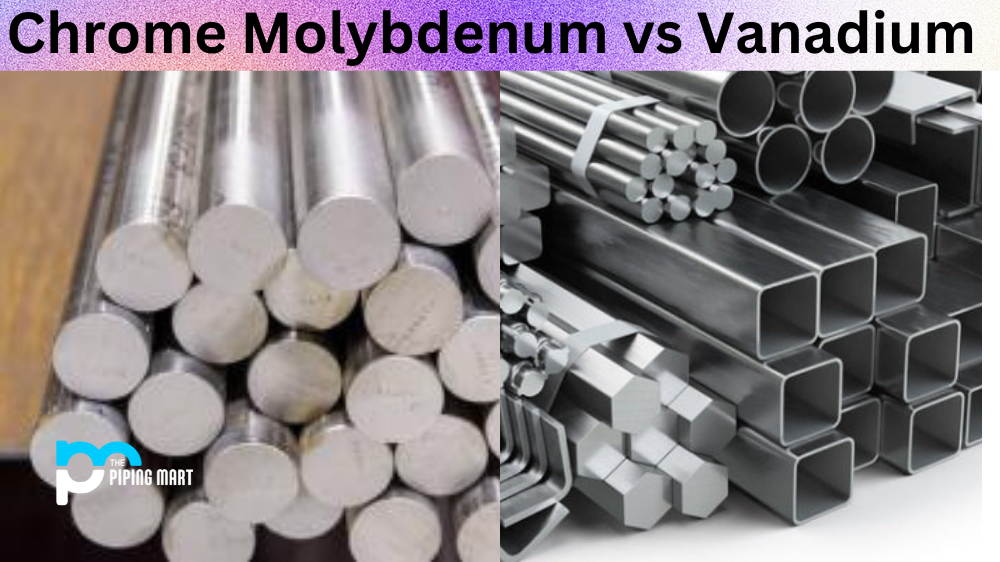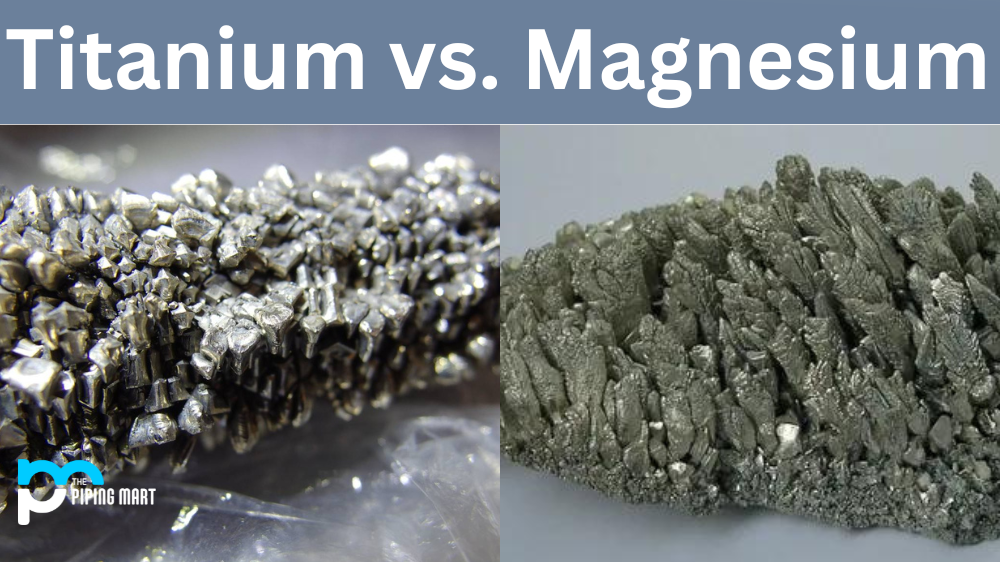Welding cast steel is becoming more popular for creating strong and durable welds. While it may be intimidating for novice welders, with the right technique and practice, anyone can successfully learn how to weld cast steel. Read on to learn the basics of welding cast steel.
Preparing the Materials for Casting Steel Welding
The first step in welding cast steel is preparing your materials for welding. This means ensuring that the surfaces are clean and free from dirt, dust, or oil before welding. You should also check that each piece is flat before welding, as any discrepancies can cause problems with your welds later down the line. Additionally, consider preheating your materials before welding, as this will help reduce warping during the process. Depending on the size and thickness of your pieces, preheat temperatures can range from 350°F to 500°F (177°C-260°C).
Welding Cast Steel
Now that you have prepared your materials for casting steel welding, it’s time to begin welding! The best way to do this is by using an oxy-acetylene torch or MIG welder; both are suitable for this job but keep in mind that MIG welding may require additional preparation steps such as tacking or back purging (filling an enclosed space with inert gas) if you plan on applying filler metal in multiple passes. When performing the welds, be sure not to move too quickly, as this could lead to a poor-quality product or even burn-throughs! Additionally, pay close attention to your joint fit-up—if gaps are between two pieces, they should be filled before welding. This ensures that no air pockets form between two pieces which could lead to cracking when exposed to high temperatures during the forging process.
Lastly, make sure you use filler material appropriate for casting steel applications, such as low-alloyed mild steel rods or stainless steel rods, depending on what type of alloy you plan on using in your final product. This will ensure optimal performance when exposed to high temperatures during forging processes such as heat treatment or die-casting operations.
Conclusion:
Welding cast steel may seem daunting at first glance, but with practice and patience, anyone can learn how to do this! Start by adequately preparing your materials for casting steel welding—clean surfaces free from dirt/dust/oil and make sure everything is flat and even before starting—then use either an oxy-acetylene torch or MIG welder with appropriate filler material depending on what type of alloy you plan on using in your final product. With these simple steps, you’ll be able to create strong and durable cast steel welds in no time! Good luck!
Sakshee is a talented blogger, with a particular focus on the Business and Metal Industry. She is passionate about sharing her insights on various metal products and helping professionals to make a better decisions.




